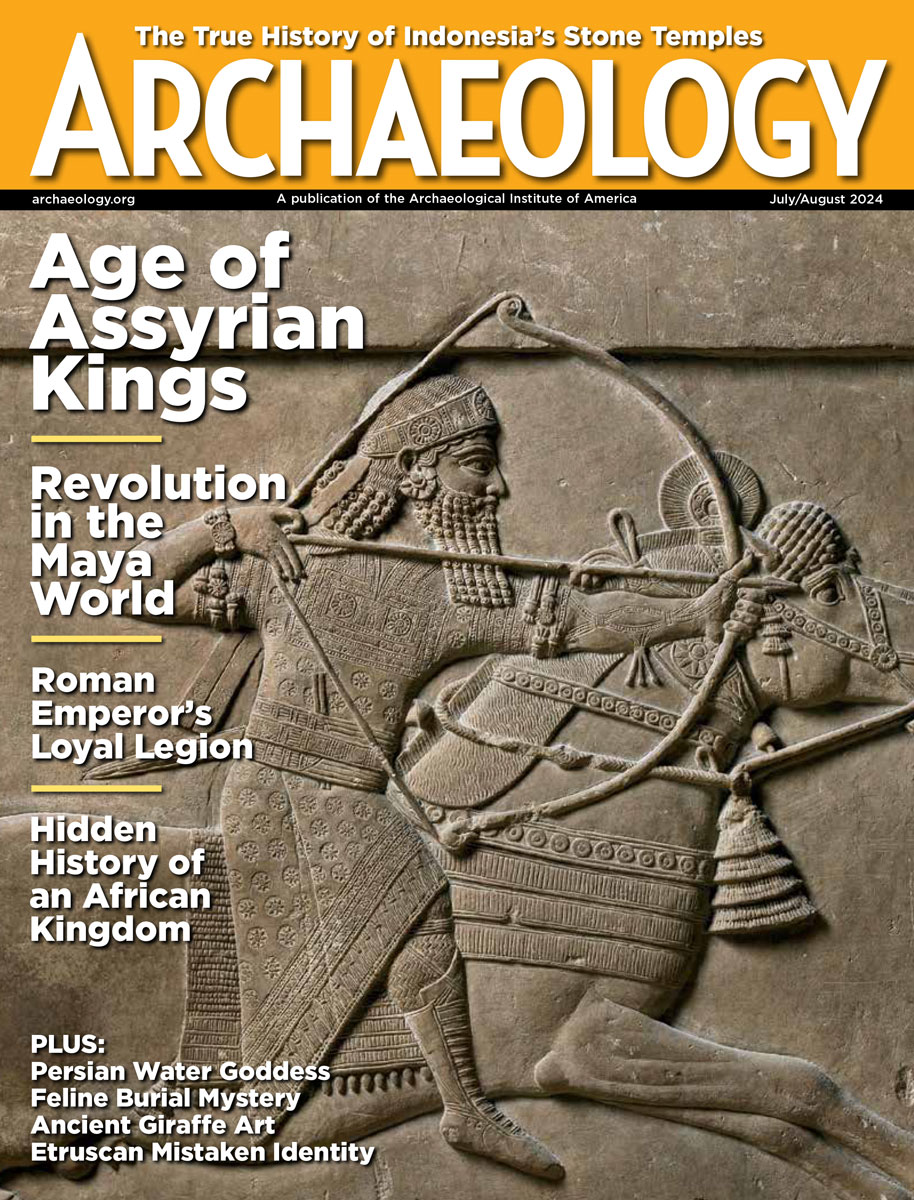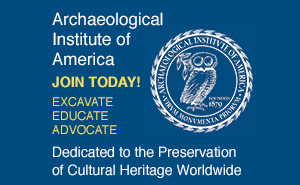Thursday, January 29
January 29, 2009
Oetzi the Iceman suffered a gash in his hand several days before he was shot in the back with an arrow, according to German and Italian scientists. “We are now able to make the first assertions as to the age and chronology of the injuries,” said leader Andreas Nerlich of Ludwig-Maximilians University.
Protesters continue to decry the changes being made at the University of Pennsylvania Museum of Archaeology and Anthropology. Â
Archaeologists have been excavating Chang’an, the 2,000-year-old capital of the Western Han Dynasty, for 50 years. The walled city had 12 gates, and eight tree-lined avenues. Â
Five sites were located during the first archaeological survey of Albania’s seabed, which sits along an ancient trade route used by Greece, Italy, North Africa, and the western Mediterranean.  Â
In Yemen, a man found human bones and pottery in a cave near his home. The artifacts were taken to Sayoun National Museum, and a guard has been placed at the site. Â
Here’s an introduction to the ever-puzzling Silbury Hill, a 4,000-year-old mound that sits in England’s Wiltshire countryside.
- Comments Off on Thursday, January 29
Wednesday, January 28
January 28, 2009
A hoard of coins, jewels, and an icon has been discovered in medieval Moscow, among a well, a palisade, and signs of a fire. “These are unique coins. As a matter of fact, these are the earliest Moscow money,” commented archaeologist Alexander Veksler.
A skull and bones likely to have belonged to an American Indian were unearthed near Oregon’s Rogue River. The bones are thought to be between 200 and 300 years old.  Â
A team from the University of Helsinki is excavating a mountain village, discovered in 1935, where workers who dug tombs in the Valley of the Kings once lived. “Fortunately, while we still have some surface cleaning to do, documentation and conservation are off to a good start,” said Jaana Toivari-Viitala, docent of Egyptology. Â
People living in Iran’s Burnt City 5,000 years ago used their teeth to work natural fibers and make wicker products and textiles, according to archaeologist Mansour Seyyed Sajjadi.  A second article on the Burnt City tells of a child’s skeleton that was uncovered. Archaeologists say that the child died of carbon monoxide poisoning before his or her body burned. Â
On January 31, English Heritage and the National Trust will announce their decision whether or not to rebury the skeleton of a three-year-old child unearthed in 1929. The skeleton was found at the Neolithic site of Windmill Hill, near a stone circle.  Â
The recent discovery of the head of a marble figurine in Jerusalem has prompted another article on the hoard of gold coins discovered at the same site last month.  Here are some more photographs of the little marble head.
- Comments Off on Wednesday, January 28









